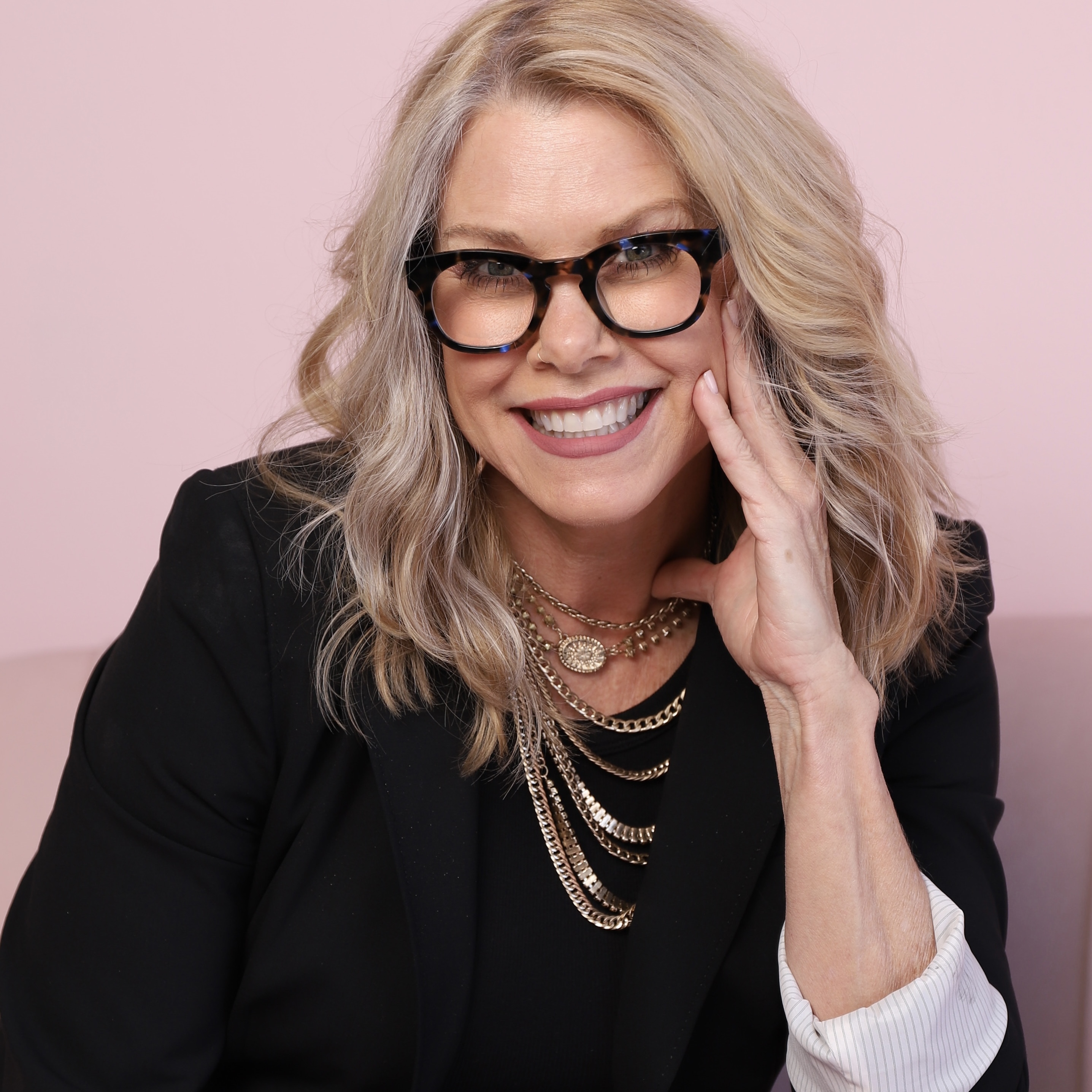In The Shadow
- Kimberly Mahr
- Nov 3, 2019
- 3 min read
Updated: Nov 29, 2021
Ever catch yourself having a big (negative) reaction to someone else that feels sort of out of context or proportion? You know, that quick judgement of "how rude!" when you perceive the "huff" and eye roll of the server when you turn in your completed punch card for that free latte?
Or, on the flip side, ever put someone else on a disproportionately high pedestal for skills or characteristics that you find somewhat enviable? Your friend who you nearly worship for her creativity or entrepreneurial gumption - both skills you possess, but are too scared to let shine?
If we pay attention, these moments can reveal to us an important aspect of ourselves: our shadow self. Our shadow selves reveal themselves most clearly when we involuntarily put OUR unconscious psychological material onto others (projection) for good or bad.
Our psychological shadow is comprised of the qualities, impulses, and emotions that we cannot bear for others to see and thus cast (unconsciously) into the hidden domain of ourselves. Shadow may be those uncomfortable aspects of ourselves we detest: it may be greedy, angry, selfish, fearful, resentful, manipulative, weak, judgmental, controlling, or hostile. Our shadow self acts as a repository for all the things that we find unacceptable in ourselves: things about which we are embarrassed and ashamed and therefore pretend that we are not, that we don't want world to see, and which we often don't even allow ourselves to acknowledge. These darker aspects lie concealed, just below the surface of ourselves, masked by our more “proper” selves (Ford, 1998; Zweig & Abrams, 1991).
So why should we get to know our shadow?
As a therapist, I can tell you that one of the most common reasons for relationship friction, interpersonal challenges and the inability to achieve life goals is the presence of unexplored shadow in our lives. In the dark corners of shadow is where we stuff negative beliefs about ourselves - those that tell us we're not worthy, loveable, or good enough... and even though we're often not even consciously aware these ugly beliefs exist, the trained eye can observe their presence a mile away.
But, as long as we are hiding and pretending to be the ever patient parent, the always selfless partner, the never lazy worker, we aren't free to realize and accept the brilliant fullness of ourselves. When we stop suppressing these uncomfortable aspects of ourselves, and in fact, begin owning them, it can be quite liberating and we can begin operating from a more authentic and rich standpoint.
Here are some questions initially posed by Dr. Marsha Sinetar, author of Do What You Love, The Money Will Follow: Discovering Your Right Livelihood, that may help you begin your exploration of your shadow self:
“Do you have work or creative habits which you may have rigidly suppressed in an attempt to conform and be more like others?
Do you have personality traits which you . . . initially struggled against, thought were wrong, and tried to change or hide?
Have you stopped trying to achieve something in some “nonsignificant” areas of life because you were once told these weren’t important enough to warrant attention?" (Sinetar, 1991, pp 117 – 118).
Shadow-seeking is a marvelous endeavour. It can be done by observice daily-life interactions, exploring dreams and fantasies, and of course, with the support of a coach or therapist.
References:
Ford, D. (1998). The dark side of the light chasers: Reclaiming your power, creativity, brilliance, and dreams. New York: Riverhead Books.
Sinetar, M. (1991). Using our flaws and faults. In Zweig & Abrams, Eds., Meeting the shadow: The hidden power of the dark side of human nature. Los Angeles, CA: Jeremy P. Tarcher, Inc.
Zweig, C. & Abrams, J. (1991). The shadow side of everyday life. In Zweig & Abrams, Eds., Meeting the shadow: The hidden power of the dark side of human nature. Los Angeles, CA: Jeremy P. Tarcher, Inc.





Comments